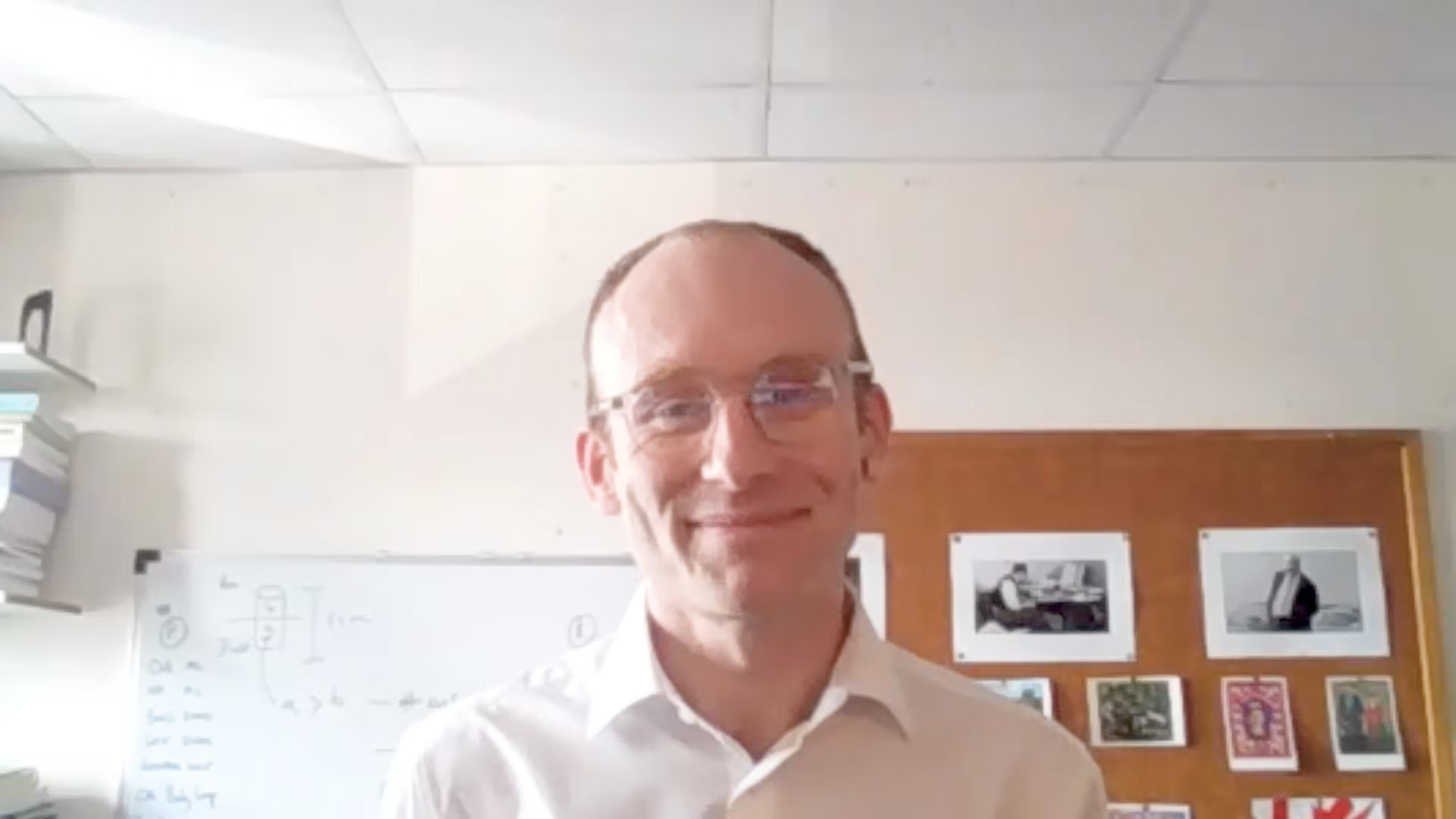Clinical trials of anti-osteoporosis drugs in osteoarthritis and next steps in osteoarthritis therapeutic development: Nancy Lane, WCO-IOF-ESCEO 2023
Osteoarthritis is a degenerative disease of the joints resulting in pain, stiffness and an increased fracture risk in patients, the treatment paradigm has many unmet needs in terms of preventing progression, with anti-osteoporosis drugs failing to meet endpoints in clinical trials. touchIMMUNOLOGY caught up with Dr. Nancy Lane (University of California at Davis School of Medicine, Sacramento, CA, USA) to discuss the unmet needs in the treatment of osteoarthritis, the rationale for investigating anti-osteoporosis drugs in this indication, why the studies were unsuccessful and the next steps in the development of osteoarthritis therapeutics.
The abstract ‘Why did the studies assessing anti-osteoporosis drugs in osteoarthritis fail?‘ was presented at WCO-IOF-ESCEO 2023, 4-7 May 2023.
Questions
- What are the unmet needs in the treatment of osteoarthritis? (0:30)
- What anti-osteoporosis drugs were studied for the treatment of osteoarthritis and what was the rationale for these studies? (0:49)
- What clinical findings surround these studies and why were these studies unsuccessful in achieving their outcomes? (1:59)
- Following on from this, what will be the next steps in the development of osteoarthritis therapeutics? (3:10)
Disclosures: Nancy Lane discloses consulting for Amgen.
Support: Interview and filming supported by Touch Medical Media Ltd. Interview conducted by Victoria Jones.
Filmed in coverage of the 2023 WCO-IOF-ESCEO Annual Meeting.
Click here for more content on bone disorders.
Transcript
What are the unmet needs in the treatment of osteoarthritis? (0:30)
That’s a great question. I think we’re pretty good at being able to treat pain. The unmet need is that we have nothing that we’re aware of that can slow the course of the joint degeneration. So, that’s our big unmet need, how we can prevent progression.
What anti-osteoporosis drugs were studied for the treatment of osteoarthritis and what was the rationale for these studies? (0:49)
That’s another very important question to ask. When a joint degenerates at least as we follow it on an x-ray, you see a loss of the cartilage and quite often you see new bone formation at the ends of the bone. Which made people think that if we could slow bone remodelling, bone turnover, maybe we could slow the progression of osteoarthritis. So, almost all bone active agents have been tried, the bisphosphonates, oestrogen, oestrogen modulating agents, many things. Generally, none of them have worked and the reason is we’re not one hundred percent sure, but it could be that the changes in the bone actually occur very, very early, maybe even before subjects with osteoarthritis get pain. So, for the most part, the bisphosphonates, oestrogen, raloxifene, and other things haven’t worked, at least for osteoarthritis of the knee. But as I said, maybe we’re giving them far too late.
What clinical findings surround these studies and why were these studies unsuccessful in achieving their outcomes? (1:59)
Well, when we do an osteoarthritis study, we ask the study subjects and participants if they have pain in their joint, trouble walking on a flat surface and for the most part, when we’ve studied the osteoporosis agents for signs and symptoms, we really haven’t seen much of a change. Again, that may be that when we’re actually seeing an individual who has osteoarthritis and pain, it could be that their disease has progressed to the point that these bone active agents can’t really help. We know that bone changes around the joint in subjects with osteoarthritis, and we know that cartilage deteriorates. What we don’t fully know yet is when the bone changes occur or if we can modify those bone changes very, very early in the course of the disease. We definitely know that when we use bone active agents, when an individual has pain and degeneration in their joint already, that they do not seem to change the course of the disease.
Following on from this, what will be the next steps in the development of osteoarthritis therapeutics? (3:10)
That’s a very good question and let me mention, one study was done, a novel study where individuals with erosive osteoarthritis of the hand, and that’s an interesting arthritis in that it shows up in different joints of your fingers at different times and when the investigators gave a higher dose of denosumab, or Prolia™ that we use for osteoporosis, a little bit more frequently, a little higher dose, they actually found that they improved pain and maybe slowed the radiographic progression. So, it could be that we’ve been looking at the knee all these years, maybe we should be looking at the hand, longer studies will need to be done to confirm or refute those hypotheses. And the other thing that is important to note in terms of the future is now that we’re able to study the bone three dimensionally around the joint with high resolution PQCT, we find that the bone changes happen very, very early. So I think hopefully we’ll engage in some studies where we’ll give bone active agents very, very early in the course of the disease, maybe in a post traumatic osteoarthritis where somebody has ruptured their anterior, cruciate ligament, and then they go in for surgery. We know those subjects are at increased risk of osteoarthritis, and maybe we’ll start giving the bone active agent right at the time of their injury and maybe we can prevent further deterioration long term. I think those are the two areas, that I hope more research is done.
Subtitles and transcript are autogenerated.






